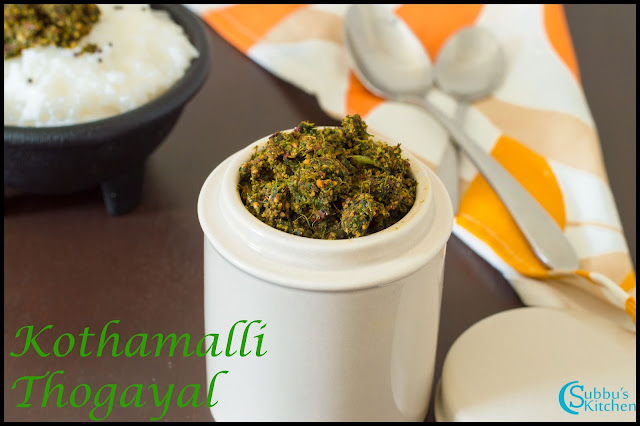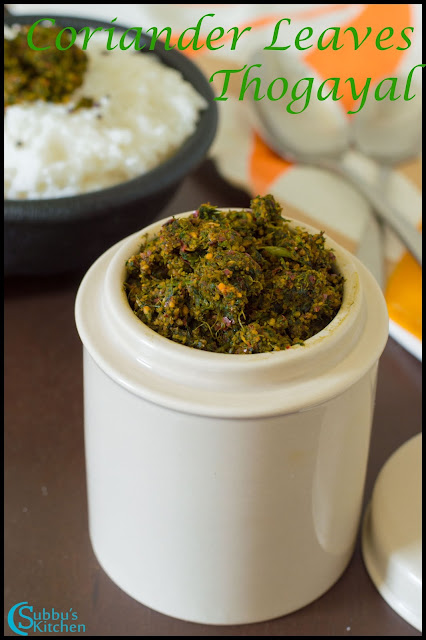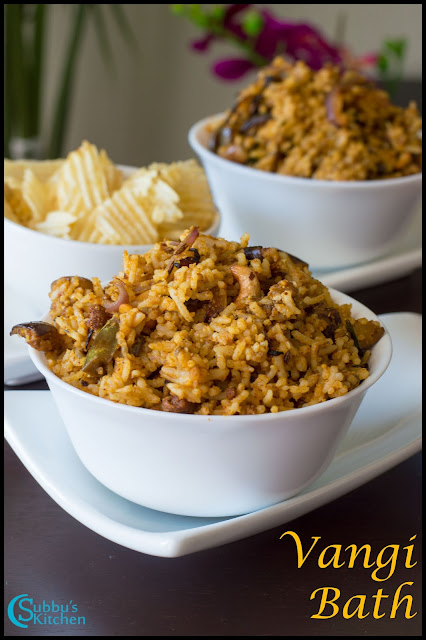We all know, Black pepper is one of the healthy spice. It has a powerful healing property and is used in curing of stomach and throat ailments. One of the best home remedy for cold and flu is mixing a teaspoon of honey with freshly ground peppercorns. We tend to use store bought pepper powder nowadays, But for this recipe,I strongly recommend you all to use only fresh pepepr corns. which brings out a nice aroma and flavour to the whole dish.
When I was in UK, one of my close friend is from Andhra and she used to take Hindi class for my daughter. After Hindi class, sometimes, my daughter used to have food at her home and my daughter loved her cooking, especially Pepper rice. After coming home, she used to talk about how aromatic, tasty the pepper rice was. Then she started bugging me to make the pepper rice often, particularly after school or for the packed lunch. Lets see how simple is to make this Pepper Rice.
 |
| Pepper Rice Recipe | Authentic Andhra Pepper Rice Recipe |
Preparation and Yield:
| Preparation time | 5 mins |
| Cooking Time | 20 mins |
| Servings | 3 |
| Recipe Category | Main |
| Recipe Cuisine | South Indian |
Ingredients:
| Cooked Rice | 1 Cup* |
| Whole Peppercorns | 1/2 tablespoon |
| Sesame Seeds | 1/2 tablespoon |
| Broken Cashew nuts | 2 teaspoon |
| Curry Leaves | few |
| Ghee | 1 tablespoon |
| Mustard seeds | 1/2 teaspoon |
| Cumin Seeds | 1/2 teaspoon |
* 1 Cup = 250ml
Method:
- Take 1/2 tablespoon of peppercorns. 1/2 tablespoon of sesame seeds and few curry leaves. We are going to dry roast all of these ingredients.
- Heat a pan and add the pepper corns and the curry leaves. Dry roast them for a minute before adding the sesame seeds. Sesame seeds will take only less time to sputter and to become golden brown color. So we are going to add it after roasting pepper corns for a minute.
- Add the sesame seeds and roast them till they are nicely brown. Switch off the flame and add them to a mixer jar. Allow the dry roasted ingredients to completely cool off before grinding
- Grind the dry roasted ingredients to a coarse powder. Tiny bits and pieces of pepper are nice to bite with rice, that's why we grind them coarsely. Keep this ground spice powder aside.
- Now, I have spread my cooked rice on a broad plate to cool it so that the rice would be fluffy and not mushy when we mix it later
- Lets prepare the tempering now..
- Heat a teaspoon of ghee and add broken cashews and fry them till they are light brown in color. Take them aside in a bowl.
- Then again add 2 teaspoon of ghee to the pan and mustard seeds
- When the mustard seeds starts to sputter, add cumin seeds and then finally add broken curry leaves and saute them all for 10 seconds. Switch off the flame. Now our temering is ready
- Add the cooked rice to the tempering in pan and gently mix with a wooden spatula. Then add the ground spice powder little by little and give a good and gentle mix. Finally add salt and toss them all well so that salt and spice powder are nicely incorporated with the rice and tempering.
- Add the roasted cashews and give a final mix.
- The irrestably aromatic Pepper rice is now ready!!! Serve the pepper rice with your favourite crisp or stir-fry vegetable and enjoy your meal. This is a quick and easy rice variety. Its a great after-school dish for your kids. also, It is a great packed lunch for kids.
 |
| Pepper Rice Recipe | Authentic Andhra Pepper Rice Recipe |




























.jpg)














































